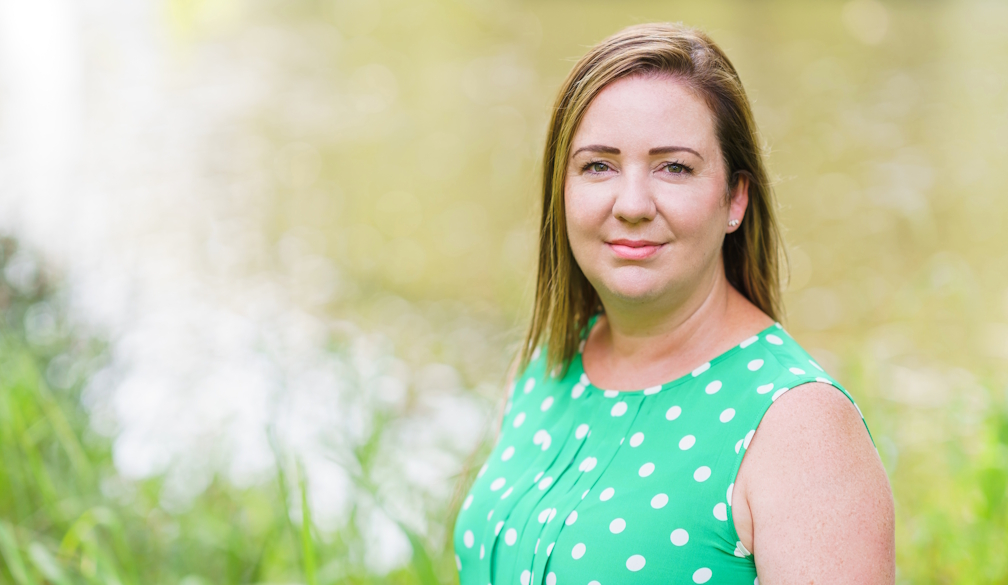Mindfulness for Beginners: How to Start and Stick With It

Ever felt like your mind is running all the time and you just can’t slow it down?
Even when you sit quietly, thoughts keep popping up about what to cook, what happened yesterday, and what’s due at work tomorrow.
You’re not alone. That’s exactly why many people want to try mindfulness. But the big question is, how do you even begin? And more importantly, how do you make it a habit?
Mindfulness is simple in idea, but it feels tricky when you first start. The good news is, you don’t have to be perfect. You just have to begin in a way that feels real and fits your daily life.
Let’s understand what mindfulness is, how to start it easily, and some tips that’ll help you stick with it even if you’ve never tried it before.
What Does Mindfulness Mean?
Mindfulness just means paying attention to what’s happening right now. That’s it. It’s not about emptying your mind or becoming a monk. It’s just about being aware of your thoughts, feelings, and surroundings, without judging anything.
So if you're drinking chai, be with the chai. Notice the taste, smell, and warmth. If you're walking, just feel your steps and the air. Even one minute of this kind of awareness is mindfulness.
It brings your focus away from past regrets or future worries and keeps you in the present moment where life is happening.
Why Is Mindfulness Useful?
Life gets busy. Phones, deadlines, family needs, it all comes together, and your mind stays in “on” mode. That’s where mindfulness helps. It gives your mind a small break.
It can lower stress, improve sleep, make you more patient, and even help you enjoy the little things more. You feel less pulled in ten directions and more in control of how you respond to things.
Even people working on deeper emotional blocks use it as part of their healing process. Therapists often combine it with body-based practices like sensorimotor psychotherapy to help clients connect more with their inner signals. Services offering sensorimotor or somatic psychotherapy include mindfulness as a natural tool to calm the mind and understand the body better.
How to Start Mindfulness the Easy Way
You don’t need fancy apps or long meditations to start mindfulness. You just need to give a few minutes every day with a simple intention.
Start Small: Even 2 Minutes Is Fine
Don’t pressure yourself to sit for 30 minutes from day one. Start with 2 minutes. Just sit quietly, close your eyes, and notice your breath. Feel the air going in and out. If your mind wanders, gently bring it back to your breath. That’s it.
You can slowly increase the time when you feel comfortable. No rush.
Use Everyday Activities
Mindfulness can happen while brushing your teeth, eating lunch, or even waiting for the bus. Just focus fully on what you’re doing without distractions. This helps you stay present even during regular things.
You’ll notice that your mind feels calmer when you stop multitasking and give full attention to one thing at a time.
Set a Reminder
It helps to link mindfulness with a daily habit. Maybe after brushing in the morning or before going to bed. You can even set a small alarm as a gentle nudge.
Consistency matters more than duration. Doing 2 minutes every day works better than 20 minutes once a week.
Common Thoughts When Starting (And How to Handle Them)
“My mind is too busy for this.”
That’s completely normal. No one has a perfect mind that stays still from day one. The goal is not to stop thoughts, it’s to notice them and gently come back. Even if you come back 20 times, that’s still mindfulness.
“I’m doing it wrong.”
There’s no right or wrong way. If you’re trying to be present and returning your attention when it wanders, you’re already doing it.
“I don’t have time.”
If you have time to scroll your phone for 10 minutes, you have time for 2 minutes of mindfulness. It’s not about having time, it’s about choosing where to spend it.
How to Make It a Habit You Stick With
Keep It Real
Don’t aim to be some calm, perfect person overnight. Mindfulness is not about changing who you are. It’s just about paying attention. That’s it.
The more real your approach, the more likely you’ll stick with it. If some days feel hard, just do 30 seconds. That counts too.
Track It Without Pressure
Keep a small notebook or app where you note if you did your mindfulness for the day. This is just for your tracking, not to judge or score yourself. It gives a nice feeling of progress.
Talk to Others About It
Sometimes discussing your experience with someone helps. You realize others feel the same struggles and wins. You might even try short practices together with friends or family.
It Can Support Other Areas of Life Too
Mindfulness doesn’t just stay on the cushion. It slowly spreads into how you talk, eat, walk, and react. You become more aware of your habits, thoughts, and feelings.
That awareness can also support other therapies or personal growth steps. Like in body-focused approaches such as sensorimotor psychotherapy, mindfulness is used to observe how your body reacts in certain situations. It helps you understand yourself not just from the mind, but also from how your body responds to emotions and memories.
What If You Miss a Day?
Nothing happens. Just begin again the next day. The idea is to keep coming back whenever you can. It’s not about perfection, it’s about practice.
Even long-time practitioners skip days. What matters is returning to it without feeling bad.
Final Thoughts
Mindfulness isn’t some big task you add to your list. It’s a small gift you give yourself a few moments of quiet, presence, and peace. It helps your mind rest, your thoughts slow down, and your awareness grows.
Even if you’re new to it, just starting with one or two minutes a day can bring real change. It fits naturally into your routine and supports you in handling everyday stress with more calm and clarity.


















